When we look at the flag composition of Eastern European countries we can’t help but notice an abundance of the red-white-blue combination. Why’s that?
We can see these colors in the flags of countries such as Russia, Serbia, Croatia, Slovenia, Slovakia, Czechia or Bulgaria*;
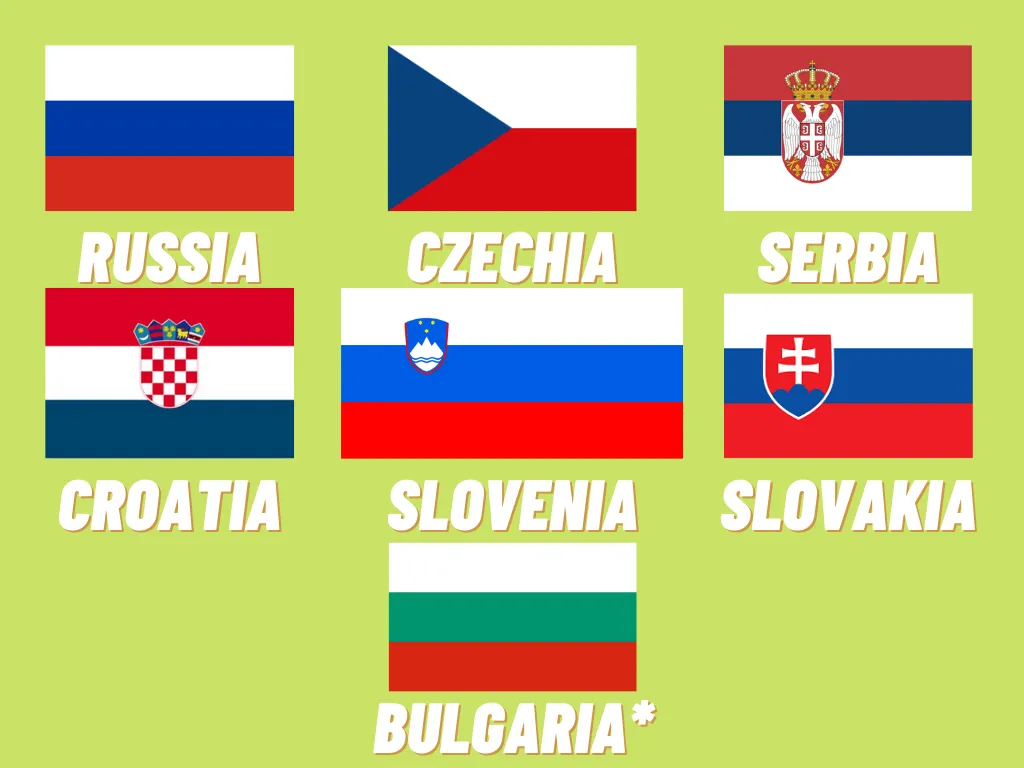
[*: the Bulgarian flag has the same origins as the rest, but the blue stripe was replaced by a green one to symbolize its agricultural development]
In regions like Crimea, Primorye, Permiakia, Mordovia, Sorabia, Chukotka, Vojvodina or the Sprska Republic;
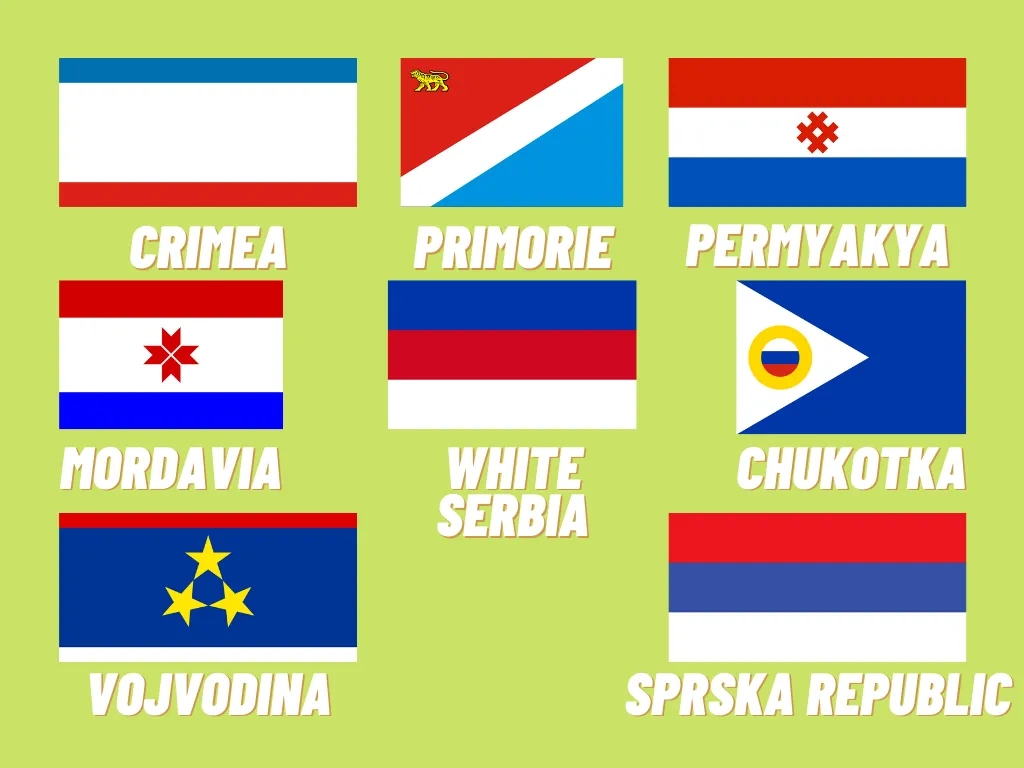
Or even, going back in close history, in different states that no longer exist, such as Yugoslavia (the kingdom and the federal republic), Serbia and Montenegro, Montenegro for various periods, Czechoslovakia, or the protectorate of Bohemia and Moravia.
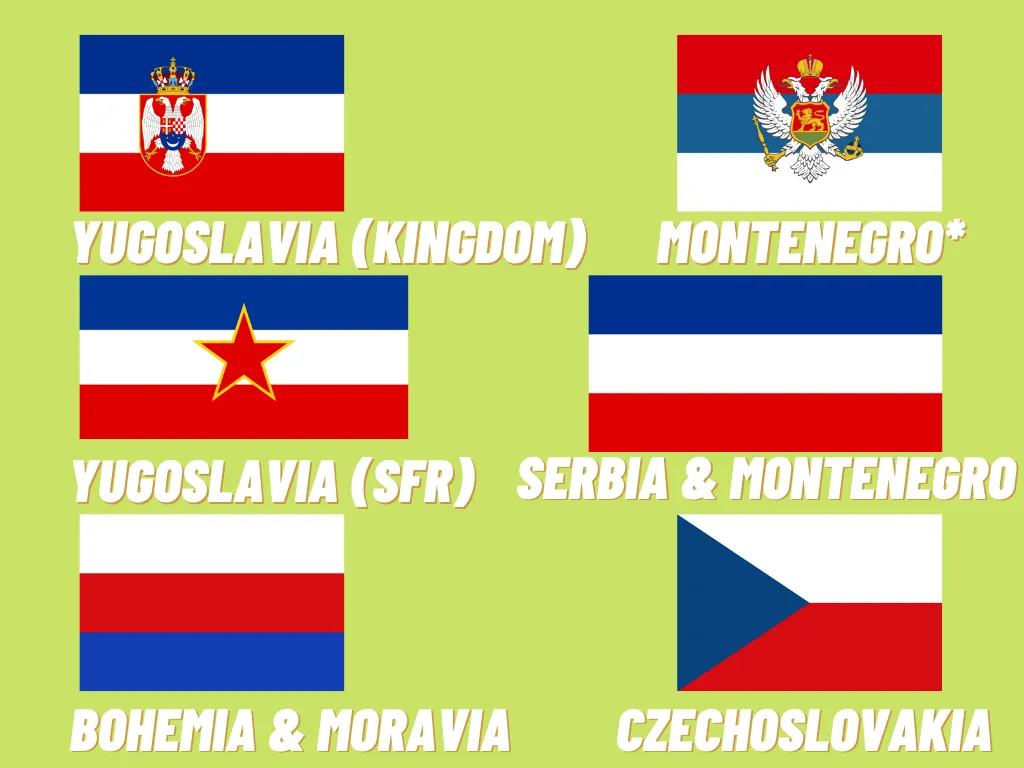
[*: Between 1910 and 1918]
All these flags have in common the so-called “pan-Slavic colors”, characteristic of the Pan-Slavic movement (pan : "all" + slavic), created in the 19th century to promote cultural, religious and political unity, as well as mutual cooperation, among all slavic countries of Europe, and also as a response to Austrian expansionism.
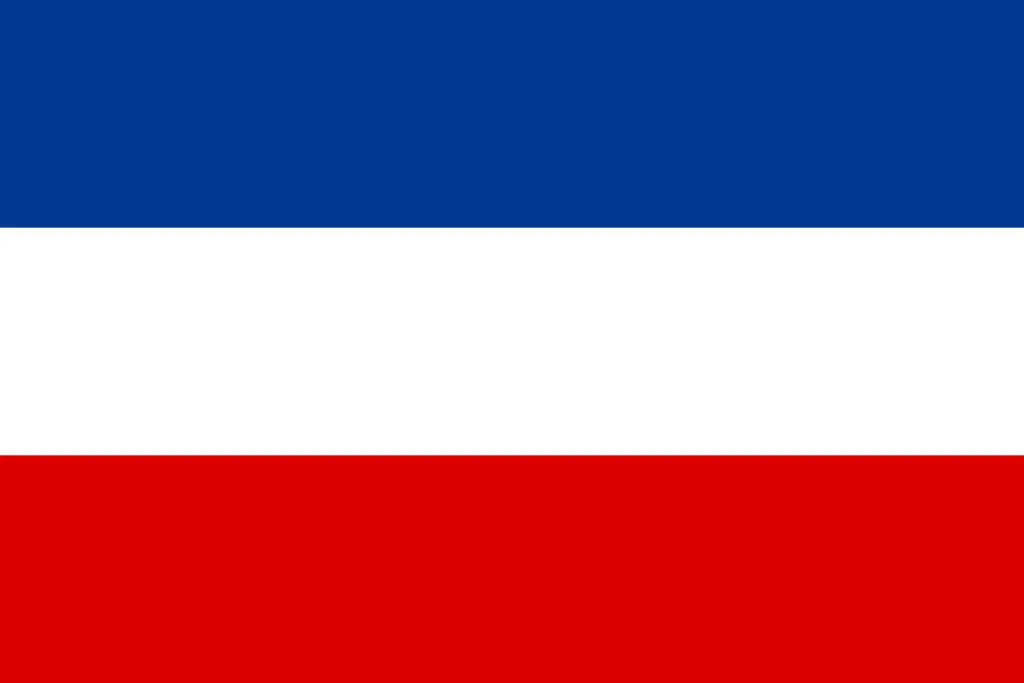
The colors were defined at the Panslavic Congress in Prague in 1848, as well as a Panslavic flag
These colors were defined based on the Russian flag, despite the fact that, ironically, there were no russian delegates in the Congress.
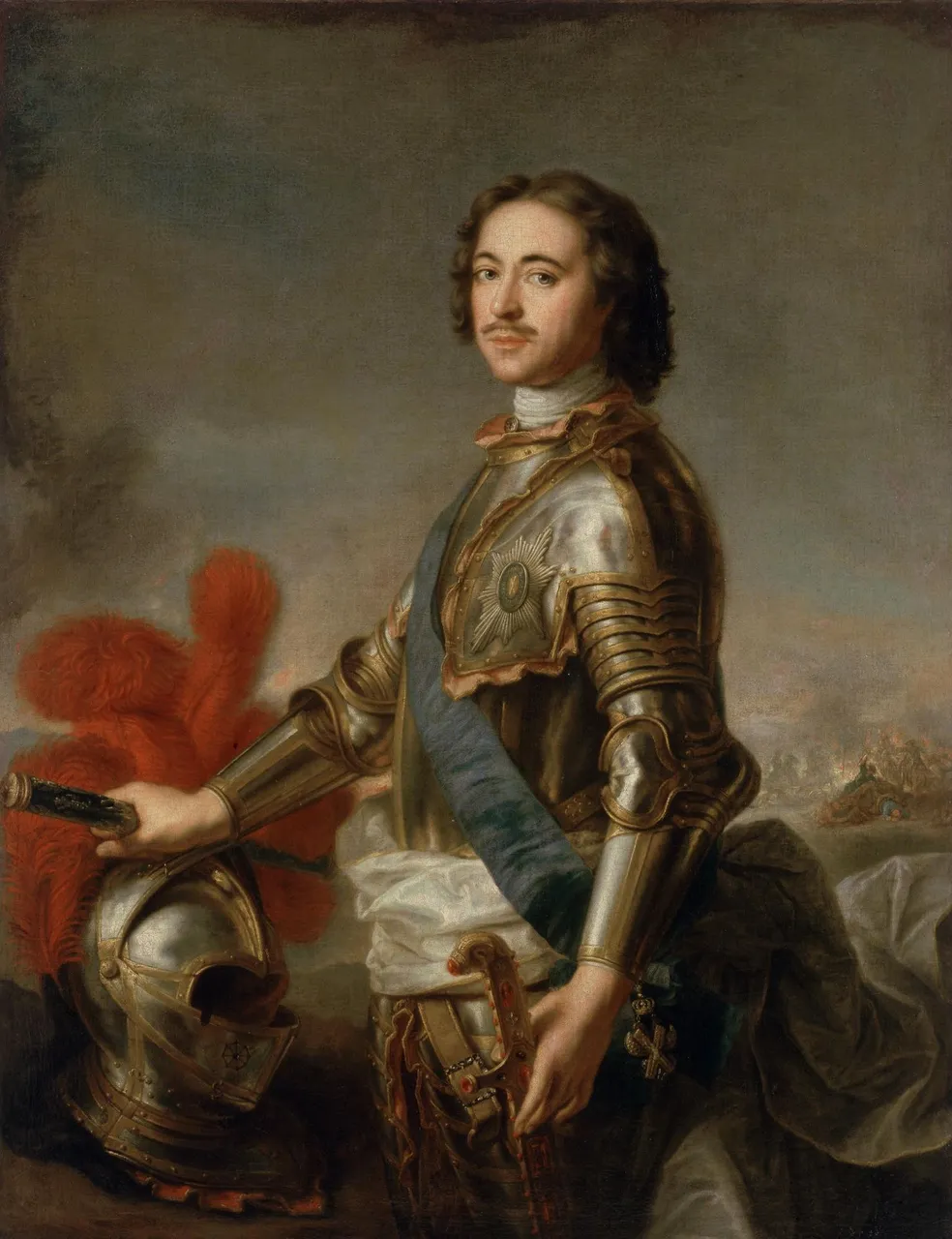
On another note, the colors of the popular Russian tricolor were adopted by the Tsar Peter I, inspired by the Dutch flag, a country he admired and to which he went to study shipbuilding, as part of his famous incognito expedition to Western Europe.
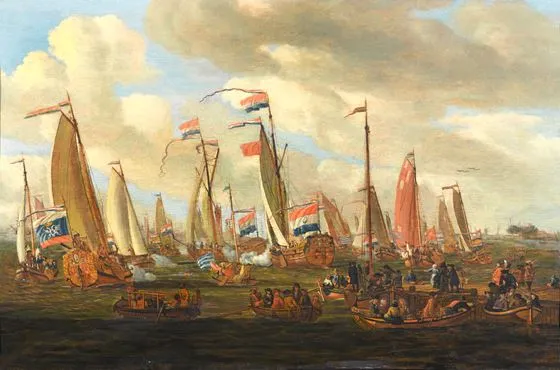
In this image you can see the boat in which Pedro I observes the naval practice, which includes a prototype of the Russian tricolor (bottom left)
And that's where the distinguishable red-white-blue combination comes from!
Have a good day!